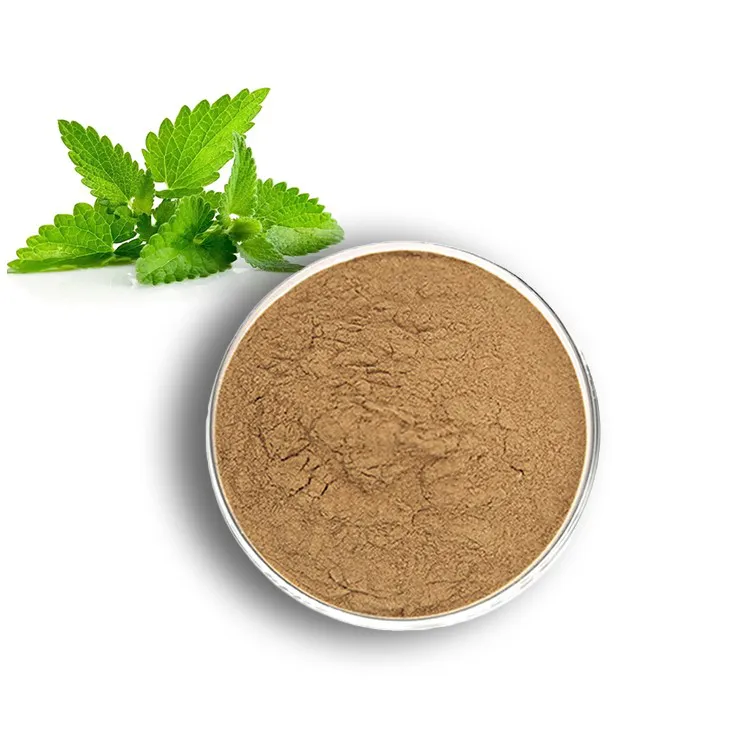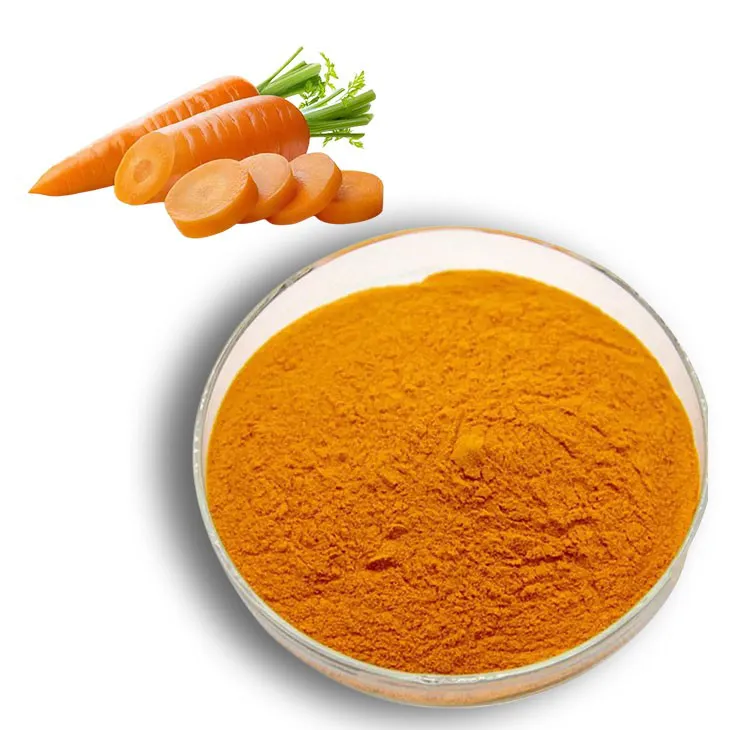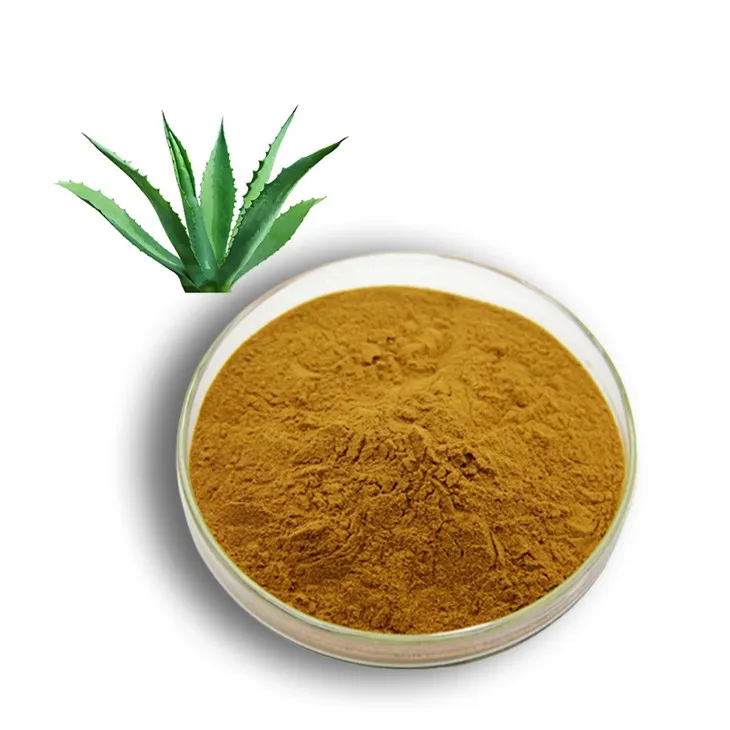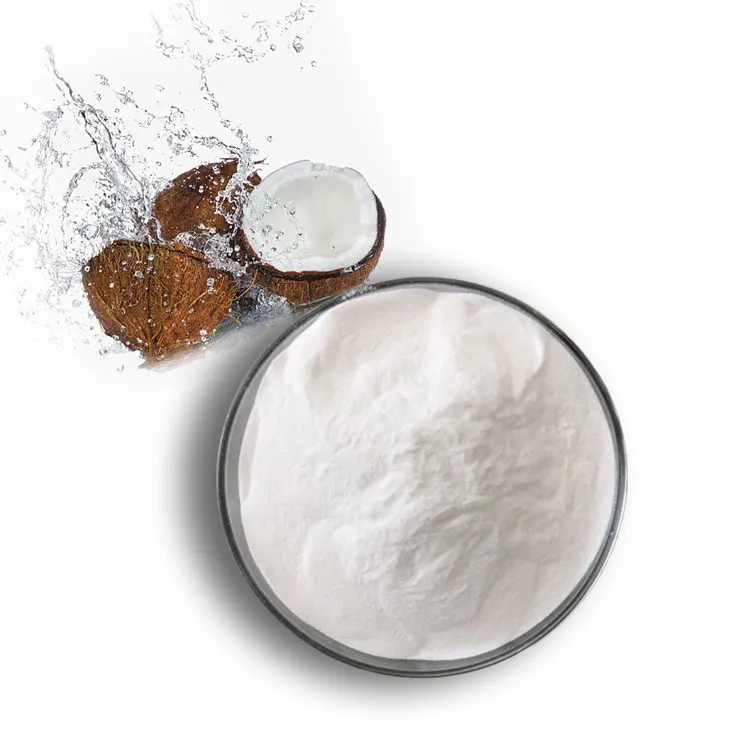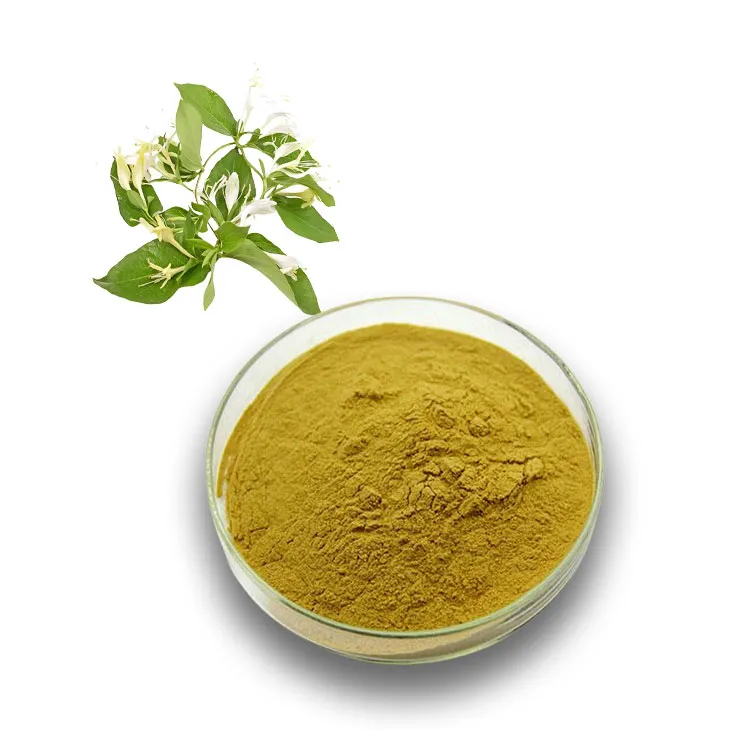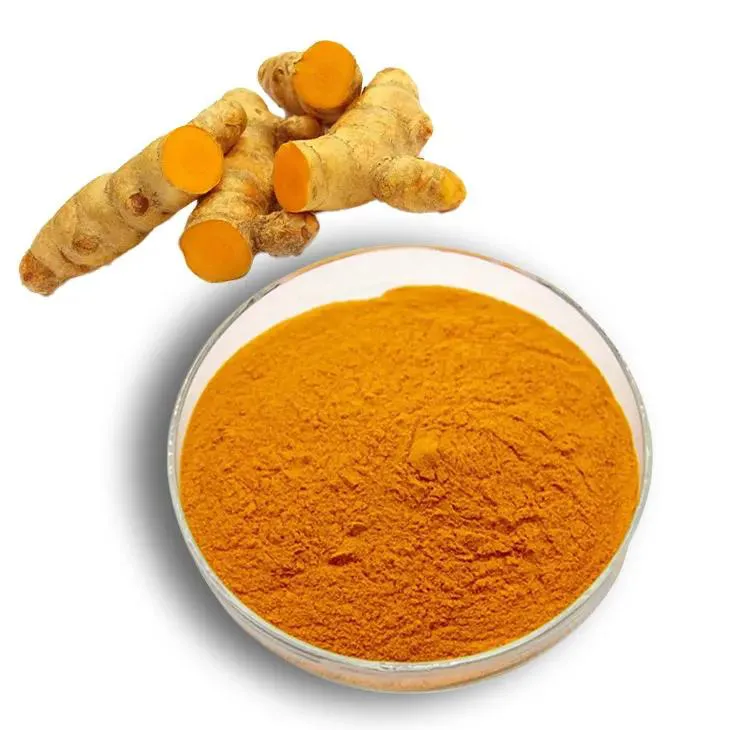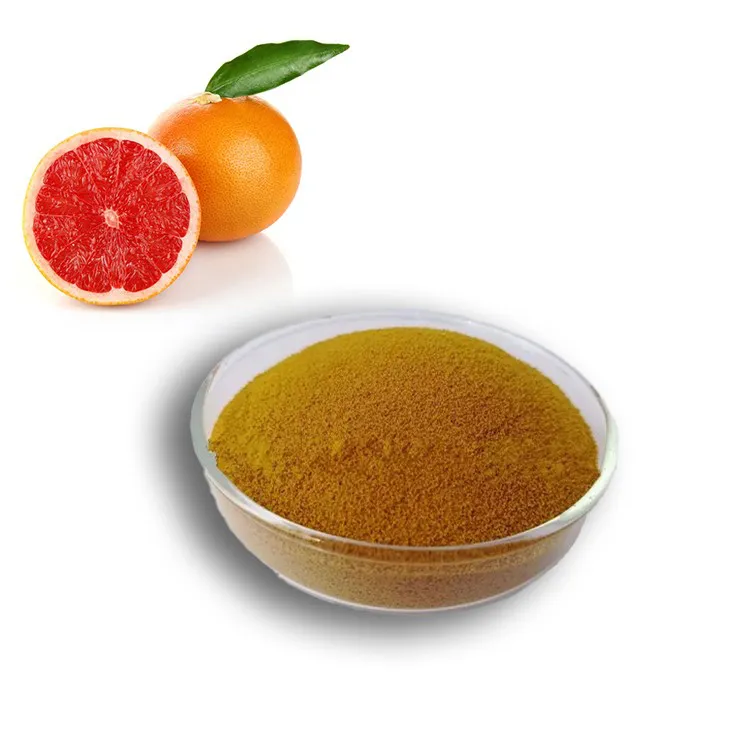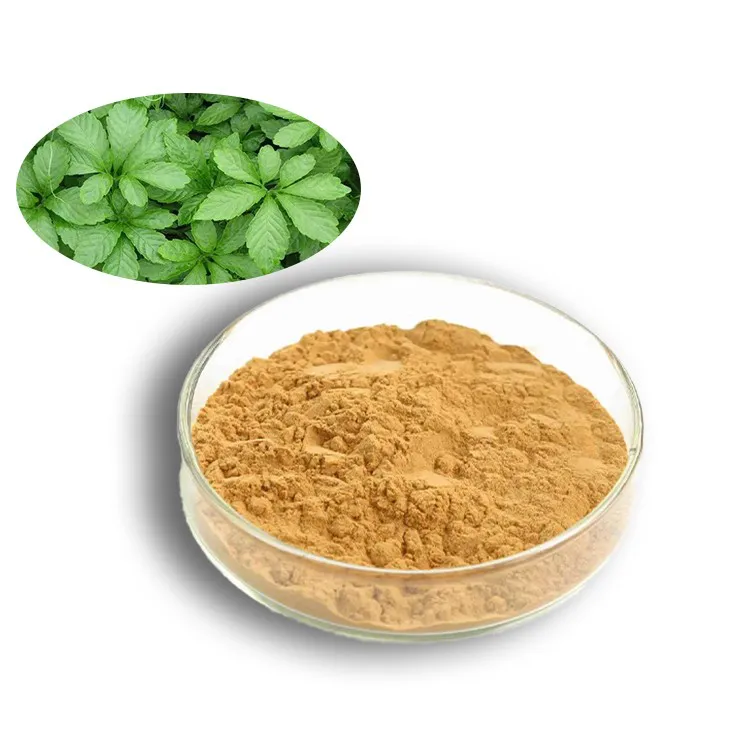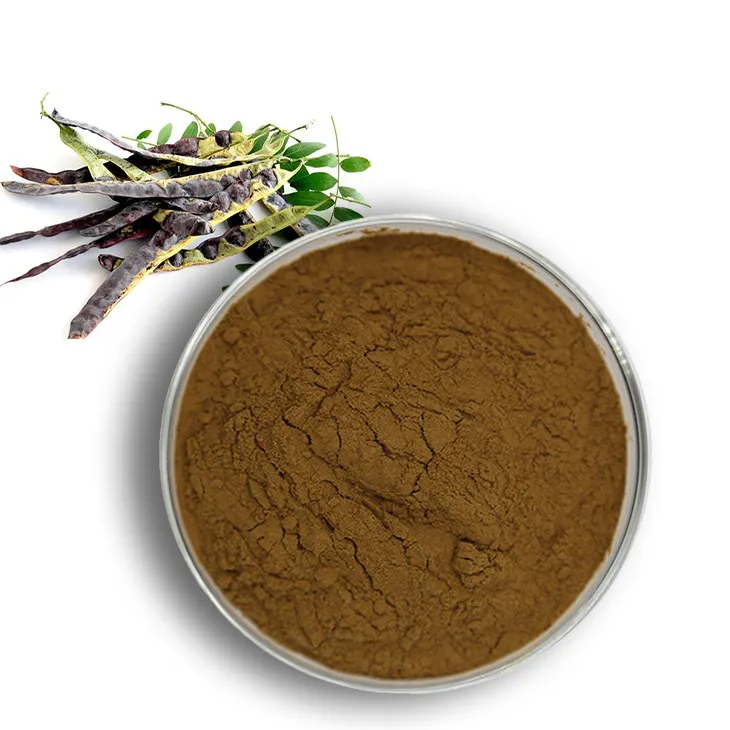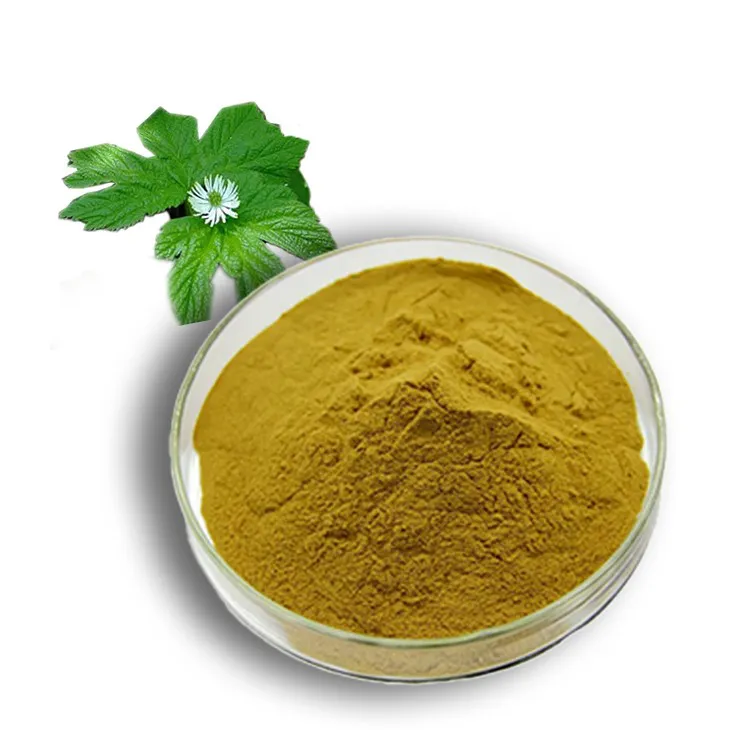- 0086-571-85302990
- sales@greenskybio.com
What is the strongest essential oil for pain?
2025-06-20
In today's fast-paced world, the search for natural remedies and holistic approaches to managing pain has gained significant traction. Essential oils, renowned for their diverse therapeutic properties, are increasingly being turned to as alternatives to traditional pain management methods. With their rich history in aromatherapy and natural healing practices, essential oils offer an appealing solution that taps into the medicinal properties of plants. This article delves into the strongest essential oil for pain relief, exploring its efficacy, benefits, and how it can be integrated into daily life to ease discomfort and promote well-being.
Understanding Essential Oils for Pain Relief
Essential oils are concentrated plant extracts obtained through processes such as steam distillation or cold pressing. They capture the essence of the plant, including its aromatic compounds and medicinal properties. When it comes to pain relief, essential oils work through two primary mechanisms: direct analgesic effects and anti-inflammatory properties. This dual action not only alleviates pain but also addresses underlying inflammation that often accompanies various types of discomfort.
Identifying the Strongest Essential Oil for Pain
Among the myriad of essential oils, Peppermint Oil stands out as one of the most powerful for pain relief. Its main active component, menthol, is known for its analgesic, anti-inflammatory, and antispasmodic properties, making it a versatile solution for various types of pain.
1. Menthol's Role: Menthol, the primary constituent of Peppermint Oil, is a natural compound that delivers a cooling sensation upon application. This sensation helps distract the brain from pain signals, providing a numbing effect that temporarily eases discomfort. Menthol's interaction with cold receptors in the skin also aids in reducing inflammation, further supporting its role in pain management.
2. Headache and Migraine Relief: Peppermint Oil is particularly effective in relieving headaches and migraines. Research has shown that applying peppermint oil to the temples and forehead can significantly reduce headache intensity and improve overall comfort. The cooling effect and increased blood flow to the affected area also contribute to its efficacy in alleviating tension and stress-induced headaches.
3. Muscle and Joint Pain: The antispasmodic properties of peppermint oil make it an excellent choice for managing muscle soreness and joint pain. When applied topically, it helps soothe muscle spasms and relaxes tense muscles, reducing pain caused by overexertion or chronic conditions like arthritis.
4. Nerve Pain: Peppermint oil has shown promise in mitigating certain types of nerve pain. Its soothing properties can ease the discomfort associated with neuropathic pain, offering relief to those who suffer from conditions such as peripheral neuropathy or sciatica.
5. Digestive Discomfort: Beyond musculoskeletal pain, peppermint oil's antispasmodic properties also extend to the digestive system. It can alleviate discomfort from ailments like irritable bowel syndrome (IBS) by relaxing the muscles of the gastrointestinal tract, thereby reducing cramping and bloating.
Utilizing Peppermint Oil for Pain Relief
Incorporating peppermint oil into pain management routines can be done in several ways:
- Topical Application: Diluting peppermint oil with a carrier oil, such as coconut or jojoba oil, allows for safe application directly to the skin. This method is particularly effective for muscle soreness, joint pain, and headaches. Simply massage the diluted oil onto the affected area, using gentle circular motions.
- Aromatherapy: Diffusing peppermint oil in a room or inhaling it directly can help address headaches and provide a calming environment, reducing stress and tension that might contribute to pain.
- Bath Soak: Adding a few drops of peppermint oil to a warm bath can deliver relaxation and relief from generalized body aches. The steam helps disperse the oil, allowing for even distribution and inhalation.
Safety Considerations
While peppermint oil is powerful and effective, it's essential to use it correctly to avoid potential side effects. Here are a few safety tips:
1. Dilution: Always dilute peppermint oil with a carrier oil before applying it to the skin. A typical dilution ratio is one drop of essential oil to at least one teaspoon of carrier oil.
2. Patch Test: Conduct a patch test on a small area of skin to determine any allergic reaction or sensitivity before extensive use.
3. Avoid Sensitive Areas: Peppermint oil should not be applied near the eyes, inside the ears, or on broken skin to prevent irritation.
4. Consult a Healthcare Professional: Individuals with pre-existing medical conditions, pregnant women, or those who are breastfeeding should consult a healthcare professional before using peppermint oil for pain management.
Conclusion
Peppermint oil emerges as a formidable ally in the realm of natural pain management. Its active compound, menthol, provides a powerful analgesic effect, while its anti-inflammatory and antispasmodic properties address a variety of pain concerns. From muscle and joint discomfort to headaches and digestive issues, this versatile essential oil offers a holistic and natural approach to pain relief.
Enhancing our understanding of peppermint oil's capabilities not only provides an alternative to conventional pain medications but also empowers individuals to take a more proactive role in their health and wellness journey. As part of a comprehensive approach that may include diet, exercise, and other therapies, peppermint oil stands as a testament to the enduring power of nature's remedies in promoting human health.
- ▶ Hesperidin
- ▶ citrus bioflavonoids
- ▶ plant extract
- ▶ lycopene
- ▶ Diosmin
- ▶ Grape seed extract
- ▶ Sea buckthorn Juice Powder
- ▶ Beetroot powder
- ▶ Hops Extract
- ▶ Artichoke Extract
- ▶ Reishi mushroom extract
- ▶ Astaxanthin
- ▶ Green Tea Extract
- ▶ Curcumin Extract
- ▶ Horse Chestnut Extract
- ▶ Other Problems
- ▶ Boswellia Serrata Extract
- ▶ Resveratrol Extract
- ▶ Marigold Extract
- ▶ Grape Leaf Extract
- ▶ blog3
- ▶ Aminolevulinic acid
- ▶ Cranberry Extract
- ▶ Red Yeast Rice
- ▶ Red Wine Extract
-
Lemon Balm Extract
2025-06-20
-
Beta Carotene
2025-06-20
-
Aguaje Extract
2025-06-20
-
Coconut Water Powder
2025-06-20
-
Honeysuckle Pollen
2025-06-20
-
Curcuma Longa Extract
2025-06-20
-
Grapefruit Seed Extract Powder
2025-06-20
-
Gynostemma pentaphyllum extract
2025-06-20
-
Saponin Extract
2025-06-20
-
Golden Seal Extract
2025-06-20











